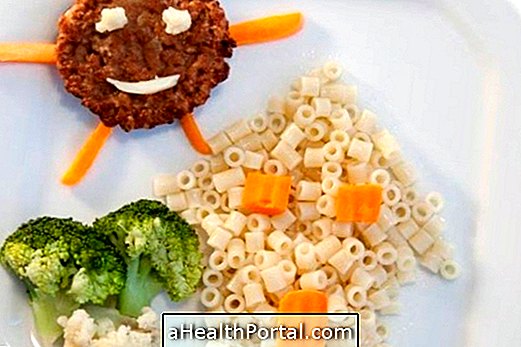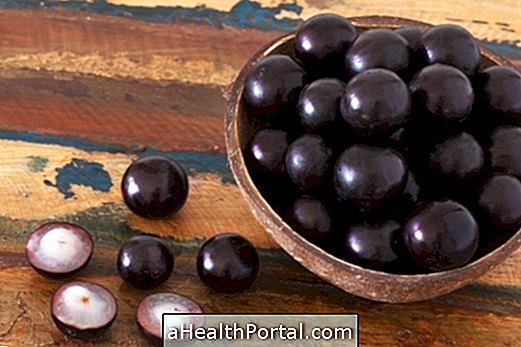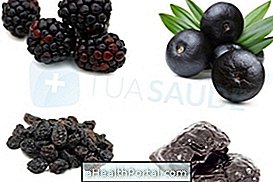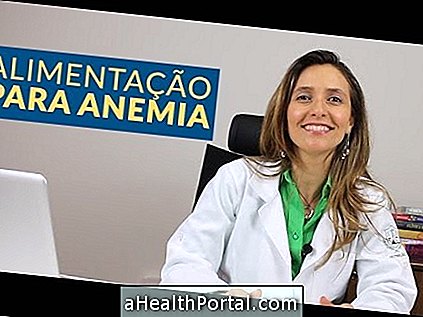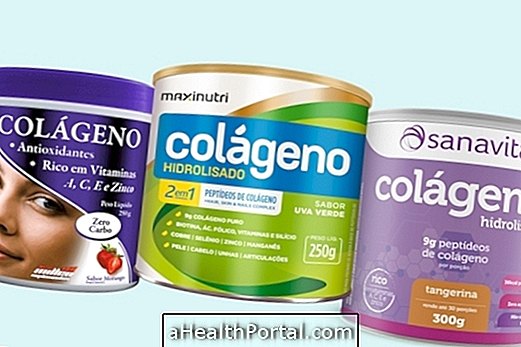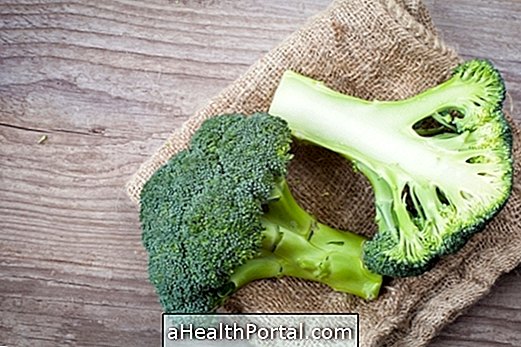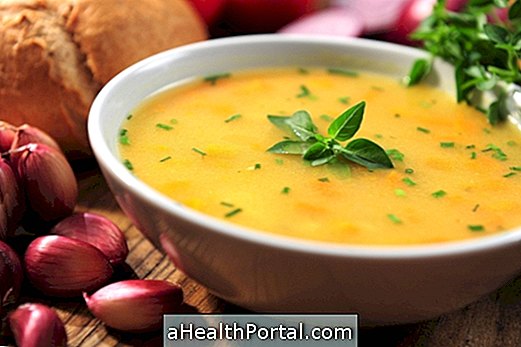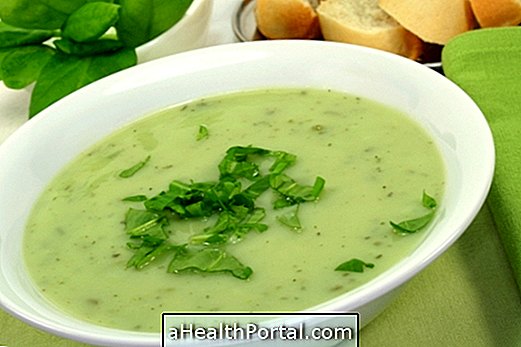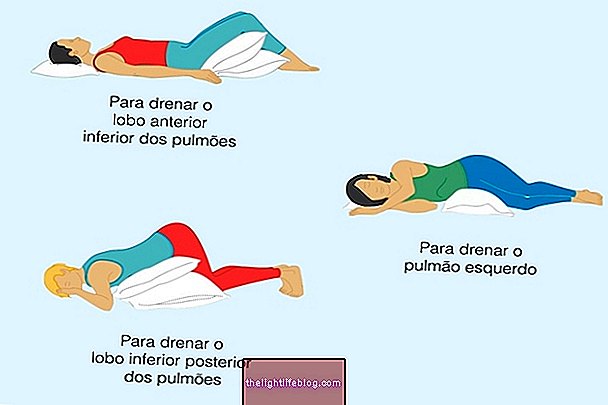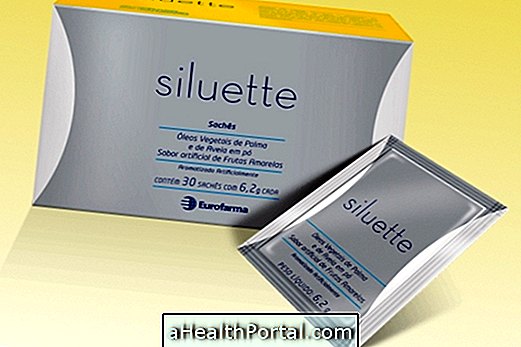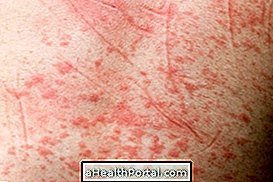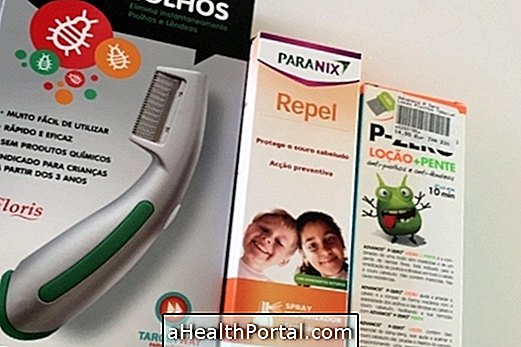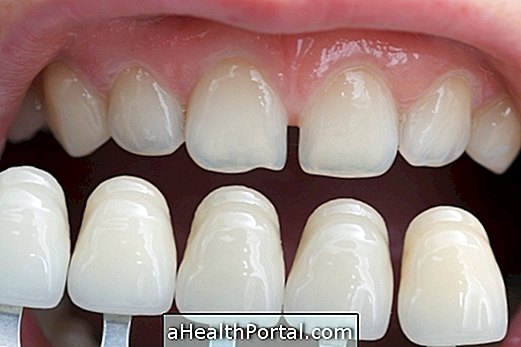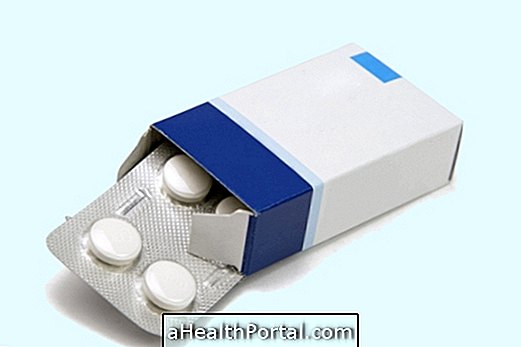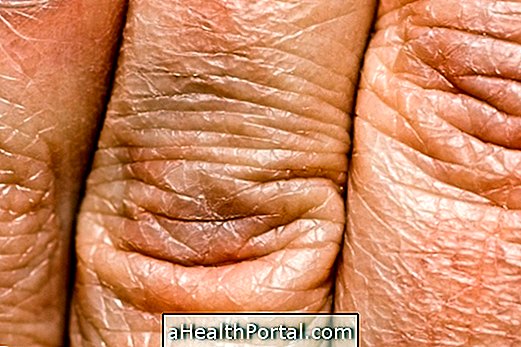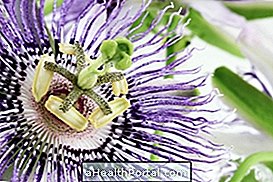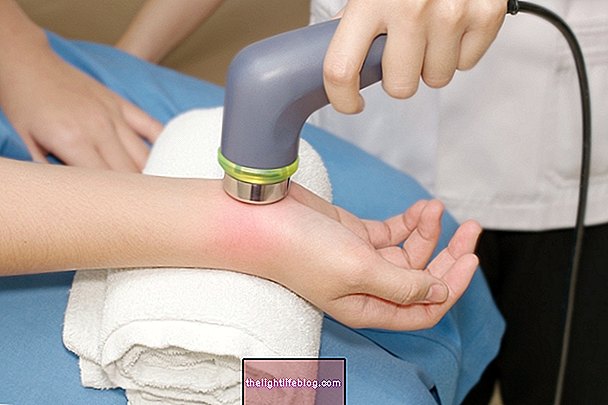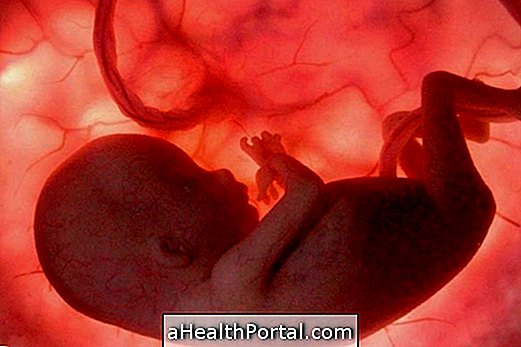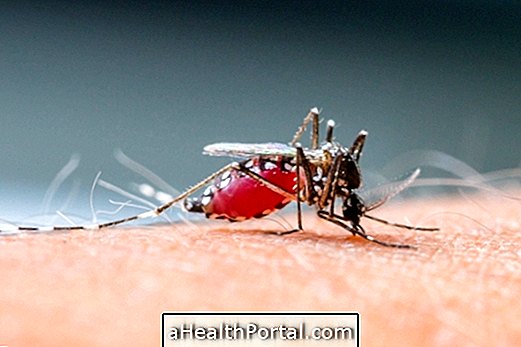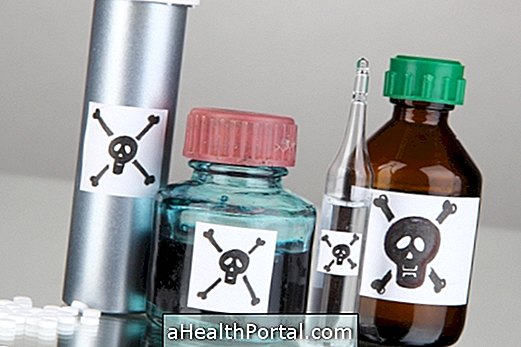During scarlet fever, liquid or pasty foods such as yogurt, natural juices or porridges, for example, and soft fruits such as papaya or avocado, are not only easier to swallow but also facilitate the recovery of the patient who needs to feed to recover more quickly from this disease which, although not serious, can greatly weaken the child who has to take antibiotic for about 10 days.
Diet menu for child with scarlet fever
This is an example of a dietary program for scarlet fever with foods that are easier for the patient to eat during the healing process of scarlet fever, especially during the first few days, until the medication begins to decrease symptoms and appetite and ability to eat normally return to normal.
- Breakfast - banana vitamin;
- Collation - gelatin with yogurt;
- Lunch - mashed potatoes with ground beef and tomato sauce. For dessert, apple cooked with cinnamon;
- Snack - pudding or flan;
- Dinner - pumpkin cream;
- Supper - oatmeal.
When the drug begins to take effect the feed can return to normal consistency, according to the desires and preferences of the patient. However, one of the side effects of treatment may be diarrhea, and in this case, it is important to hydrate the child well, because at the end of treatment diarrhea normally passes.
See also how to treat scarlet fever with medicines in: Treatment for scarlet fever.
How Food Helps in the Treatment of Scarlet Fever
Although scarlet fever is not a serious disease, it is important not to allow the child to lose too much weight during the healing process, so as not to weaken the immune system. Therefore, it is important to offer foods that she likes and in the correct consistency so that she can swallow without discomfort, so that she eats more, facilitating recovery.
In this way, offering soft or liquid foods allows the patient with scarlet fever, who is usually a child or adolescent, to swallow more easily and eat less pain, because in scarlatina, pain in the throat and tongue are two of the main discomforts that take away the appetite and leave it weaker.
In addition, hydration helps to reduce fever and decrease child malaise. That's why it's important to always give her plenty of water, sugared tea, gelatin, soup, and orange juice throughout her doctor-directed drug treatment, which should last about 7 to 10 days to speed recovery.
After 2 days of initiation of antibiotic treatment it is possible that the symptoms of scarlet fever begin to decrease, especially the pain in the throat and therefore the food should be in agreement with the acceptance of the patient and thus, when the patient can eat Harder foods are important to let you eat, but medical treatment should be maintained until the end, according to medical guidance.
